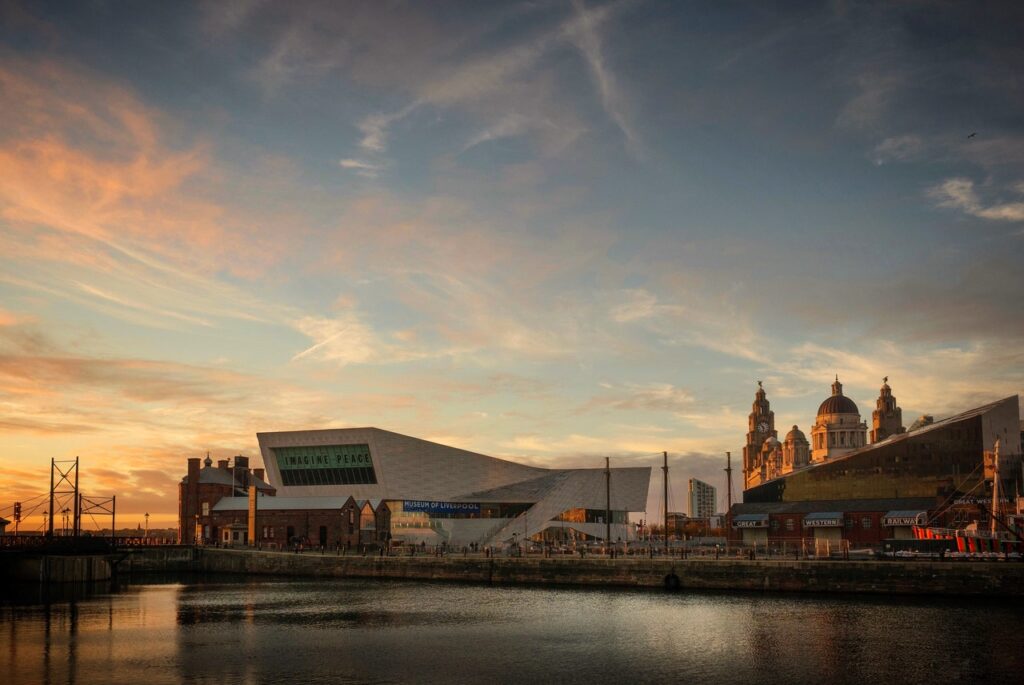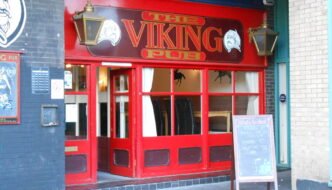
Charles Pragnell, Pexels
The potential closure of museums and sale of collections is making headline news again; the dilemma always resurfaces during times of economic hardship, just as it did in Liverpool during the 1980s. With the city reeling from spiralling debts and rising unemployment rates, Liverpool City Council under the leadership of Derek Hatton and his fellow Labour Militant councillors postulated closing museums and selling collections.
This spooked prime minister Margaret Thatcher and her Conservative colleagues so much that they nationalised the museums and collections in question, courtesy of the Merseyside Museums and Galleries Order 1986. For a government so committed to privatisation, to create a new body of state owned museums in the North of England (National Museums and Galleries on Merseyside now National Museums Liverpool) was a remarkably ironic feat. One wonders had Liverpool City Council been in Tory control would the suggestion to sell collections been commended as entrepreneurialism rather than condemned as anti-intellectualism.
The collections stayed put but thousands of Liverpudlians didn’t. In pursuit of a better life working-class families like my own upped sticks and moved to the sticks, to places on the very outskirts of the city like Kirby, Speke and my home town of Skelmersdale. The lure included jobs, housing and green fields, with the added incentive that they’d been convinced that the city was in irreversible decline.
In actual fact it turned out that Liverpool’s fortunes could be reversed with people power, support from Michael Heseltine (now Lord Heseltine) – an outlier within Thatcher’s government willing to show compassion for the city – and a healthy dose of art, culture and heritage. Only two years after National Museums and Galleries on Merseyside came into being, Tate Liverpool opened in the renovated Grade 1 listed Albert Dock (now Royal Albert Dock) and Richard and Judy broadcast the first ever episode of the British TV daytime staple ‘This Morning’ from the very same heritage site. Before long Liverpool had become an unstoppable cultural juggernaut, it was granted UNESCO World Heritage status in 2004 and was European Capital of Culture in 2008.
Now, I’m not saying that Liverpool wasn’t deserving of this investment, far from it, plus my Scouse parents would never speak to me again if I did. However, the city’s renaissance typifies a model that’s seen astronomical amounts of arts and culture capital being channeled into cities over the past several decades. It’s undoubtedly a winning formula and as a kid I certainly benefited from spending many a weekend marveling at the amazing collections in Liverpool’s many museums.
Yet, it never occurred to me until later in life, why it wasn’t possible for me, my family and friends to experience art and culture in our own backyards. So much political attention and energy has been focused on achieving the so-called Bilbao effect, especially in post-industrial cities in the North of England, that towns like Skelmersdale have essentially become dependent on cities like Liverpool for virtually all their arts and culture needs. This uneven co-dependency is repeated between towns and cities across the UK, and it reinforces pejorative notions that cities are for the cultivated and towns for the crude. It’s all very Kantian.
To put it another way, we’re all fully aware of the impact gargantuan out of town shopping centres have had on the local high street. It’s quite rightly been given extensive media coverage, no more so than when retail consultant and TV personality Mary ‘Queen of Shops’ Portas was invited by prime minister David Cameron to deliver a rescue plan for the local high street back in 2011.
Similar exposure or levels of concern haven’t been expressed widely about the comparable effect of concentrating the vast majority of arts and culture provision in city centres. It’s expected that those diverse working-class communities beyond the outreach area of their nearest museum, in Skelmersdale’s case a good 15 miles away, either do without or ‘get on their bike’.
When these communities fail to register in the demographic data they’re then categorised as ‘hard to reach’ and perceived as being both intellectually and geographically remote. The reality is, as successive governments, both central and local, have focused intently on inner-city arts and culture experiences and investment, the creative needs and potential of communities in smaller towns has been consistently neglected.
As academics, museum leaders and politicians continue to indulge in debates in the national press about museums as agents of economic regeneration and the very nature of culture itself, all triggered by the pandemic and activism on a global scale, those with the very least access to arts and culture continue to lose the most.
COVID-19 has resulted in mass redundancies across the sector, with those on the lowest incomes with the least job security at greatest risk, such as cleaners like my Nan was at the Cunard Building in Liverpool and then Otis lift factory in Kirby. With a reduction in staff, visitors and income many museums are proposing adopting a hyperlocal approach to audience and community engagement. This would only further isolate and invisibilise those diverse working-class and other marginalised communities who for generations have been continually displaced from the centres of cities and the vicinity of museums.
The recent Cultural Recovery Fund has thankfully ensured that many museums can keep the lights on as we continue to deal with coronavirus, but alongside any recovery there also needs to be a serious reshaping, rebalancing and redistribution.
Filed under: Community
Tagged with: activism, city, city centres, City of Culture, Culture, government, liverpool, museum, National Museums Liverpool, North, pandemic, post-industrial, town



Comments